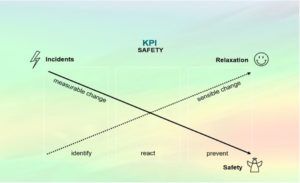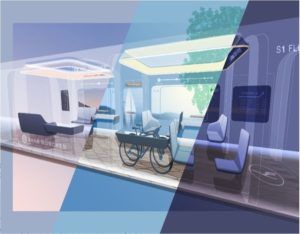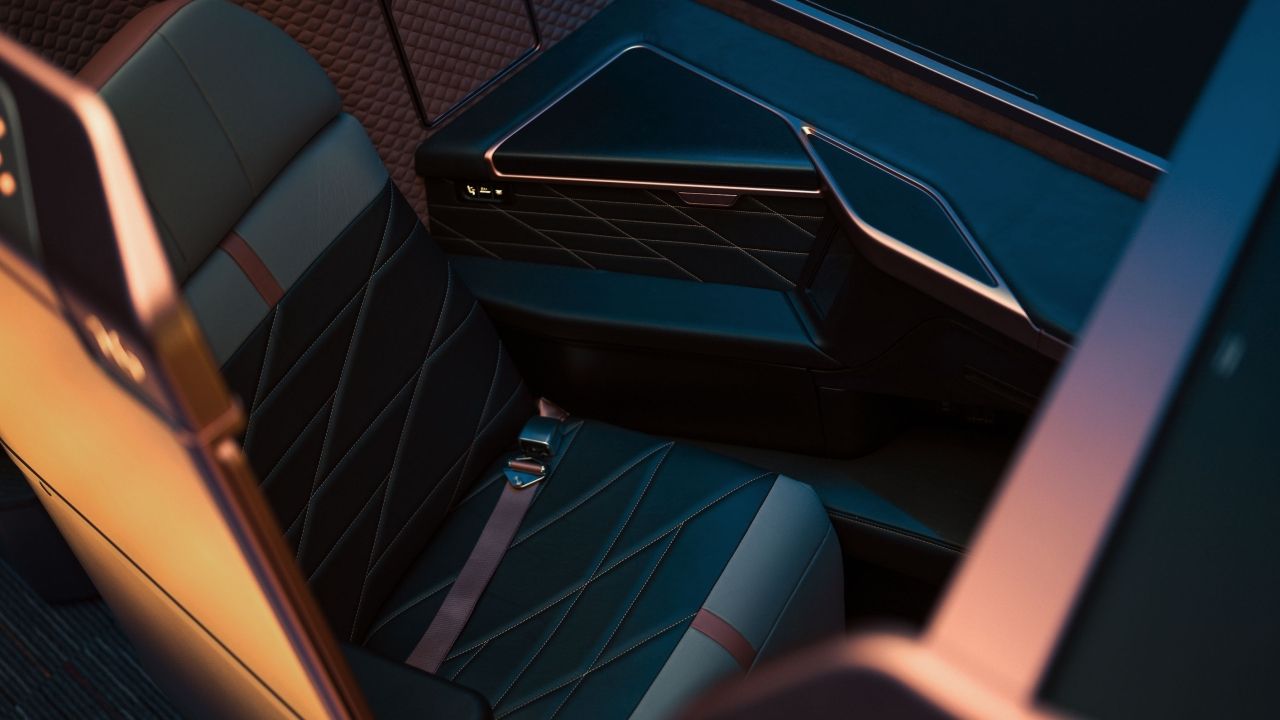The Passenger Experience Model: How Siemens’ and BMW Designworks Design for the Future

DESIGNING FOR ADAPTABILITY
How can future trains reflect continuous advances in technology and changing user expectations?
While mobility is changing rapidly, trains are still built to be in service for 30+ years. So, the million-dollar question is, how can trains develop while responding to evolving passenger expectations, advancing technology and events that may not even be imaginable today?
To solve this dilemma, we believe that the train development process requires a new way of thinking about the product. So when the Siemens Mobility team asked us to use our power of creativity to help them find an answer to these challenging questions, we jumped on the opportunity and created a mental model which serves to design not only a train, but also its continuous development.

The PaEx model: From ‘fit for launch’ to ’fit for future.’
We called it the PaEx Model (Passenger Experience Model). The PaEx Model enables the development of flexible trains that stay relevant over time and in a volatile environment. Drawing from our knowledge of BMW car platform development processes, our model follows a layered approach to adaptability, which categorizes individual parts of the train according to their needs and abilities in order to decide what needs updating.
The PaEx model enables Siemens to manufacture flexible products that stay relevant over time and in a volatile environment.
With this model, the focus shifts from product design to designing future passenger experiences, from operator to passenger and ultimately from ‘fit for launch’ to ’fit for future.’ So, the former reality of “no changes after start of production” becomes obsolete and updates and changes can be made at any given time while a train is in service.
Timeless Passenger Needs.
In order to make sure innovations and updates would be targeted and a true representation of passenger needs, our team defined criteria against which all suggested changes should be measured. Next to the two basic criteria of security and cleanliness, we defined connectivity, localization and flexibility as additional touchstones that each innovation had to support.
To secure maximum return on invest for each single update or innovation introduced to the train, the team concentrated both on measurable as well as perceived changes. To cater for the latter, we established and followed the simple rule: “An improvement is only valuable when noticed by the passenger.” Following this doctrine, we created an array of digitally enabled means to positively influence and actively reinforce the perception of improvements by the passengers.
Through putting the passenger at the center of every thought, the PaEx Model naturally serves the interests of manufacturers and operators alike. A train development process driven by the PaEx Model and led by the basic criteria that passenger centricity enables smoother operations, higher ridership, decreasing cost and higher returns.


In order to make sure innovations and changes would be targeted, we defined criteria against which all suggested changes should be measured.
Where do you want to go? A new service by Designworks and Siemens Mobility.
Designworks consults train operators on how to leverage the Passenger Experience, in collaboration with Siemens Mobility, while decreasing costs and keeping operations smooth. In this co-creation process, our teams work closely with operators to create full transparency about the operators’ present PaEx status. It identifies relevant focus topics and generates tailored and tested solutions for happier passengers – the ultimate base of a successful business.



